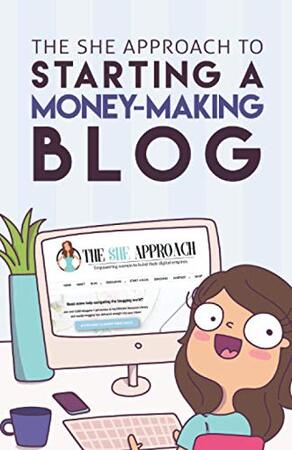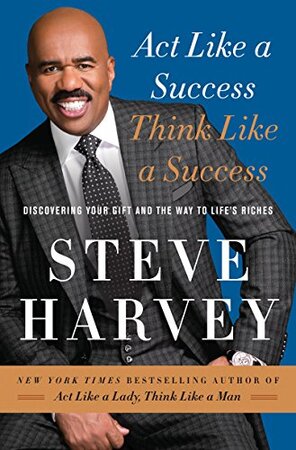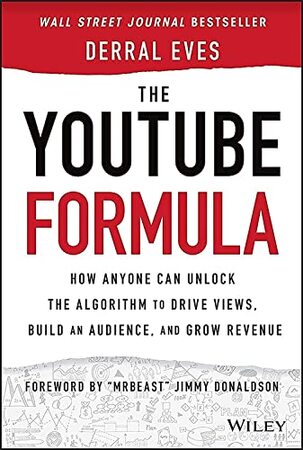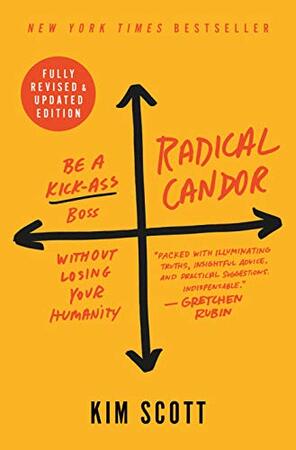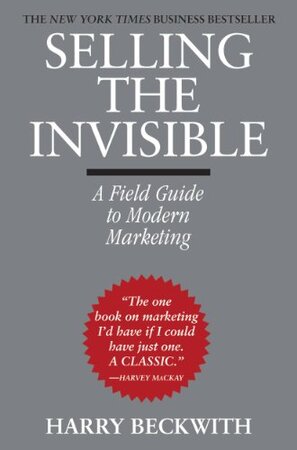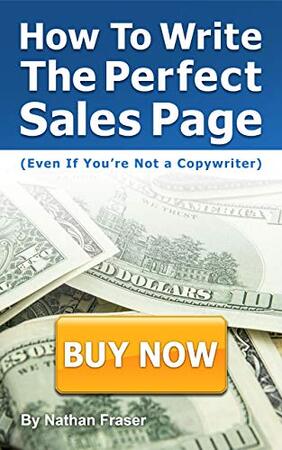
How to write a perfect sales page
“How to Write a Perfect Sales Page” by Nathan Fraser and Shannon Moore is a comprehensive guide that provides readers with the tools and strategies necessary to create compelling and persuasive sales pages. In today’s competitive online marketplace, an effective sales page is crucial for capturing the attention of potential customers and driving conversions. With their combined expertise in copywriting and marketing, Fraser and Moore offer practical advice and actionable steps to help readers craft sales pages that effectively communicate their message and motivate readers to take action.
Understanding the Importance of a Sales Page
In the opening section, Fraser and Moore emphasize the crucial role of a well-crafted sales page in the success of any online business. They explain that a sales page acts as the virtual storefront, and it is where potential customers make decisions about purchasing a product or service. The authors highlight the need for a strategic approach to copywriting and marketing, emphasizing the impact that a persuasive sales page can have on the conversion rates and revenue generation.
Researching Your Target Audience
Fraser and Moore stress the importance of thorough audience research in creating a successful sales page. They guide readers on how to identify and understand their target audience’s pain points, desires, and motivations. By conducting in-depth research, writers can tailor their sales pages to address specific concerns and offer compelling solutions. The authors provide practical tips for gathering data through customer surveys, social media listening, and competitor analysis. They emphasize the value of empathy and the ability to speak directly to the needs of the target audience.
Crafting a Compelling Sales Message
In this section, Fraser and Moore dive into the art of crafting a persuasive sales message. They emphasize the importance of a strong headline that grabs attention and entices readers to continue reading. The authors provide guidance on structuring the sales page, including creating an engaging opening, presenting compelling benefits, and addressing potential objections. They share techniques for using storytelling, testimonials, and social proof to build credibility and trust. Fraser and Moore also offer tips for creating effective calls to action that prompt readers to take the desired action.
Mastering Copywriting Techniques
Fraser and Moore delve into the fundamental principles of copywriting that can elevate the effectiveness of a sales page. They cover the importance of clear and concise writing, avoiding jargon, and using persuasive language to create a sense of urgency. The authors explore the power of emotional appeal and the art of using sensory language to evoke strong emotions in readers. They provide practical exercises and examples to help readers hone their copywriting skills and develop their unique voice.
Optimizing and Testing Your Sales Page
In the final section, Fraser and Moore guide readers on how to optimize and test their sales pages for maximum impact. They introduce the concept of split testing, also known as A/B testing, and explain how it can help identify the most effective elements of a sales page. The authors provide insights into analyzing metrics such as click-through rates, conversion rates, and bounce rates to make data-driven decisions. They also emphasize the importance of continuous improvement, encouraging readers to iterate and refine their sales pages based on feedback and performance metrics.
Overall, “How to Write a Perfect Sales Page” provides a comprehensive roadmap for creating persuasive sales pages that drive conversions. Fraser and Moore’s expertise in copywriting and marketing shines through as they share practical advice, real-world examples, and actionable steps. This book serves as an invaluable resource for entrepreneurs, marketers, and business owners looking to optimize their online presence and generate successful sales.


